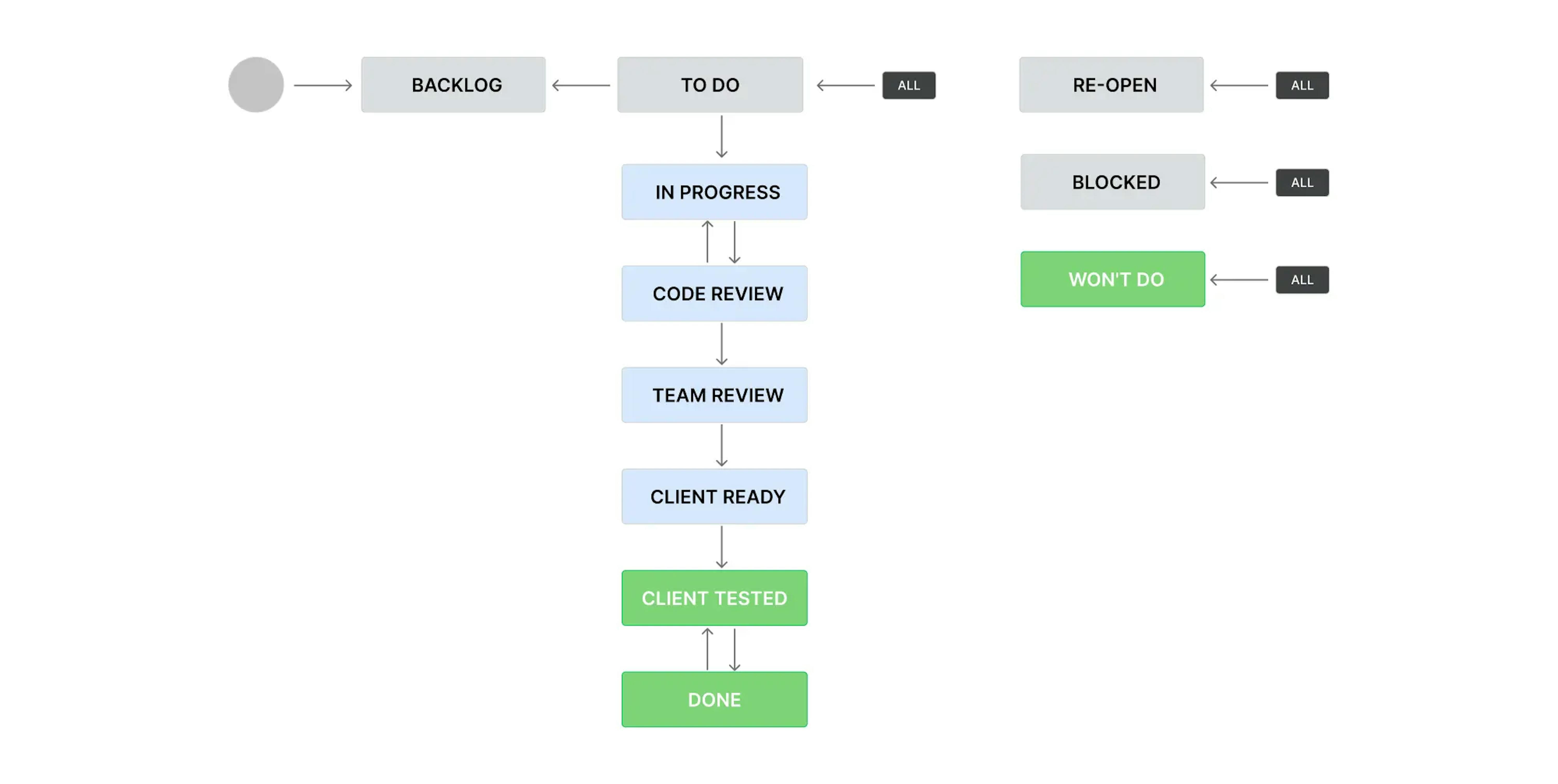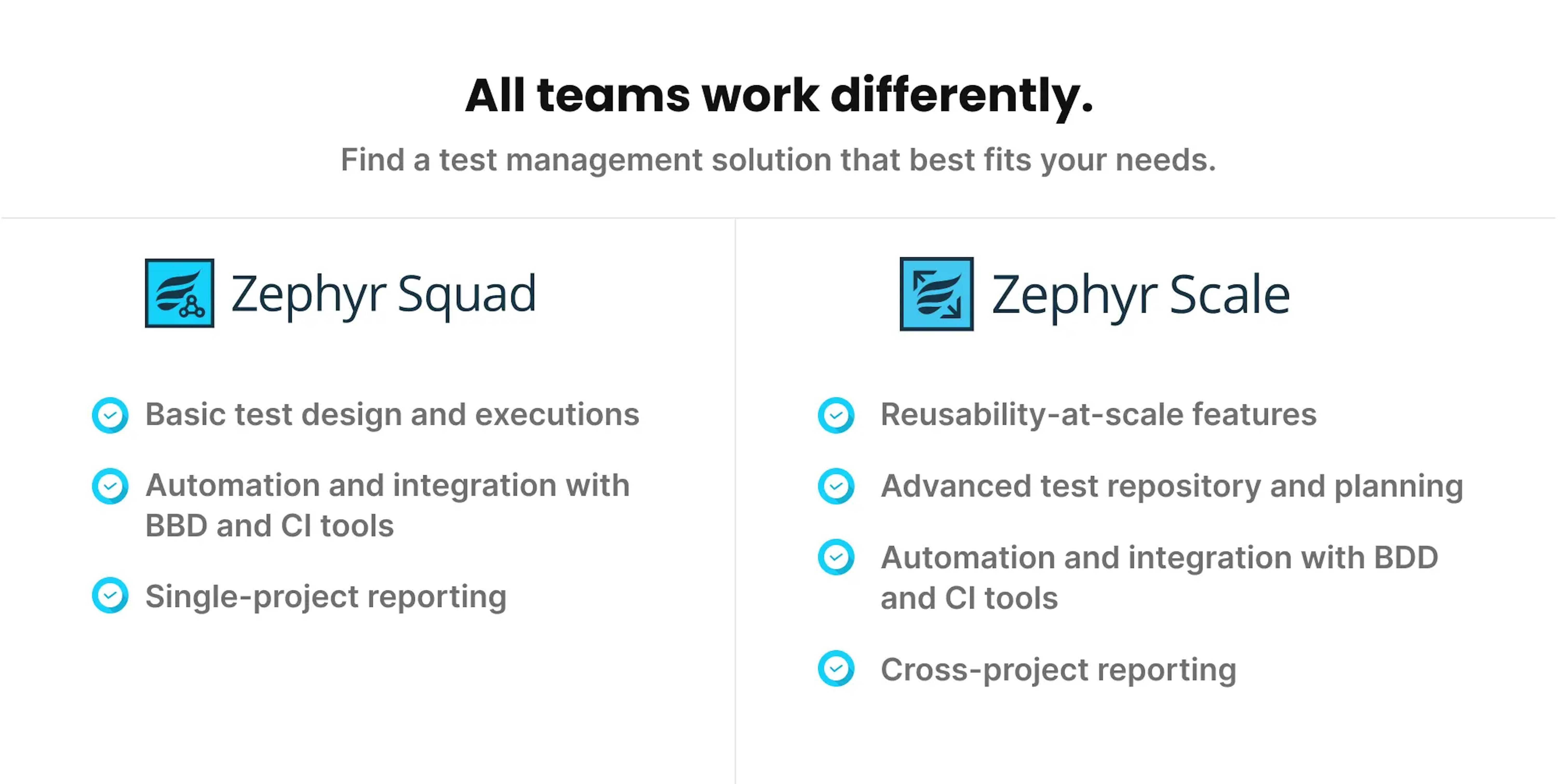Test management tools are a fantastic aid for locating and controlling the most significant errors, so you can concentrate on creating superior software and a more efficient software development procedure.
This article overviews five top test management tools, highlighting their features and differences to help you make the best choice for your end-to-end test cycle.
What are test management tools, and why do you need them?
Test management tools are essential for QA engineers to keep their test cases organized and run tests efficiently. These tools help the whole QA team and development team to have better visibility of the status of tests, their priority, tasks, and reports.
Additionally, test management tools can minimize data duplication and streamline the testing process, leading to fewer issues and delays. Unfortunately, many QA teams still rely on outdated methods such as Google spreadsheets or documents for test case management instead of taking advantage of the benefits of the software.
The software testing process can become chaotic if approached in this manner. QA engineers have to manually adjust the status of each test and create numerous copies of the same documents. Additionally, it can be difficult to locate certain test elements within the documents.
Keeping test cases in one place can lead to a better QA process, resulting in faster defect tracking and a better understanding of what causes defects in the code and how to fix or prevent them. All this helps to minimize delays in the development process and ensure a bug-free product.

What are the criteria and key features for selecting test management tools?
There is a wide selection of test management tools available today, all boasting similar features. Prices vary, with some being more expensive than others. Companies following an Agile development approach should choose one type of tool if the Waterfall approach–another.
Mad Devs QA team follows the Agile development approach. To help you make the right decision for your company's Software Development Life Cycle (SDLC), we have compiled this article to guide you in selecting the best test management tool for Agile.
The consequences of thoughtlessly choosing test management software include inadequate data collection, insufficient test coverage, poor test quality, and wasted resources. Also, you will waste the company's budget and time.
It is essential to research managed testing services and tools before purchasing to ensure you are getting what you need for your project. Make sure the tool has the features your development team requires and does not include unnecessary features that would be a waste of money. But the good news is that almost all test management tools have trials.
The QA team from Mad Devs created standards that we adhere to when selecting test management tools:
- Intuitive user interface and user experience. It should be easy to understand and use, even for those who are not technically proficient.
- Price-quality ratio. To avoid overpaying for tools, compare and explore tools with similar features. This will help ensure you get the best value for your money.
- Integration with other test tools. For QA engineers using manual automation testing and bug-tracking tools could be useful. This would enable them to easily link and manage all of their tools in one place.
- The Application Programming Interface (API) of the test tool allows for automation.
- Every project has its unique requirements that the client must meet.
In Mad Devs, QA engineers take the time to analyze the testing environment at the beginning of a new project to ensure we choose the best tool for the job.
What is the best test management tool?
Test management tools are designed to help create, run, and generate test reports with statuses and manage the testing process. Depending on a particular project's budget, the best test management system is chosen from a list of options tested and used by our QA engineers.
Jira by Atlassian is a trendy and user-friendly tool designed with Agile development in mind. It is flexible and adaptable, and while its original purpose was bug tracking, it now has powerful capabilities that help teams manage various tasks.
Key project management features:
- Powerful Agile views, such as Scrum and Kanban boards;
- You can start from scratch or create your own custom workflows;
- Detailed Agile software development reports;
- Easy-to-use tool for issue management and bug tracking.
In Mad Devs, we use Jira for test management regularly. For example, in the MegaUni project, we used Jira to report all issues.

An organized project management workflow helps projects run more efficiently. It increases collaboration, saves time, and helps to get desired results. In a nutshell, tasks were assigned a priority by the client team or, after a discussion between managers and the client, tasks were taken from the backlog and moved to the 'TO DO' status. After that, the team can view the task on the Kanban board.
Usually, throughout the project development process, teams communicate via Slack. The Mad Devs team in Slack connected the Enji.ai bot. Enji.ai is a product that automates the work processes of software development teams and can plan the company’s finances. The system collects data from Jira, Slack, and the code repository and then provides a comprehensive project overview. This system allowed our teamwork to become more organized. Contact us if you are interested in the Enji.ai bot and want to set it up for your processes.
Jira work is designed to streamline workflows. Quality assurance engineers can add identified issues to the system, detail the description and steps for reproducing the issue, set the priority level, assign team members, and update the status. All team members with access to the board can monitor the progress.
Different test management apps and plugins facilitate and support test management in Jira. Here is the list of them.
What are the best test management tools for Jira?
We have prepared a table with the most popular and effective tools that have shown very well in work.
| TOOL | DESCRIPTION |
|---|---|
|
| Zephyr for Jira is a top-rated test management application designed specifically for Agile teams. It provides powerful tools and features to help teams create, execute, and track their tests within Jira. |
|
| Gain real-time insights into your testing progress with informative dashboards, metrics, and activity reports, plus receive email notifications. Install Marmof on your own server, or choose our cloud-based/SaaS solution. |
|
| TestFLO is the perfect native app for Jira, providing the utmost flexibility even in the most regulated of environments. |
|
| QAlity Plus is an integrated test management solution within Jira designed to provide testers with valuable insights into the effectiveness and results of their tests. |
|
| XRAY is an excellent choice for those seeking a test management add-on for Jira. With 4,000 customers in 65 countries, XRAY is the fastest-growing application for Jira. It relies entirely on Jira, making it an ideal tool for any user. |
Zephyr for JIRA (Scale/Squad)

Designed specifically for Agile teams, Zephyr for Jira is one of the top-rated test management solutions. Tests can be created, executed, and monitored right within Jira. Tests can also be linked to test cycles and automated. Additionally, the app integrates with CI/CD tools such as Bamboo and Jenkins. Custom integrations can also be designed using REST APIs.
Pricing: Free for 30 days for teams of all sizes.
| Tool | Zephyr Squad | Zephyr Scale |
|---|---|---|
| Features |
|
|
| Pros |
|
|
| Cons |
|
|
TestRail

TestRail is an effective way to keep track of tests in real time, no matter your team size. It can be hosted on a local server or in the cloud and integrates well with bug-tracking and test automation programs.
TestRail can be integrated with defect tracking and collaboration solutions such as Atlassian Jira, FogBugz, Bugzilla, Gemini, Axosoft, GitHub, and TFS as test automation tools like Ranorex Studio and many more.
Features:
- Three-Pane FastTrack interface
- Bulk editing cases and adding results
- Modern test management
- Test report and metrics automation
- Test plans and platform configurations
- Jira and issue tracker defect push
- Drag & Drop plus screenshot support
Pros:
- Document test cases with full details
- Tracks the time spent on performing individual tests
- Allows detailed filtering
- Tracks the resources and time commitment of the team
- Creates a coverage report from performed tests
- Offers an open API
Cons:
- No automation support or selenium integration
- No mobile app
- No defect management module
- Doesn’t detect and prevent duplicate issues
- No Slack integration
- Doesn’t report issues directly from emails
Pricing: Provide trial period, next you need to choose for your needs.
TestFLO for JIRA

TestFLO for Jira is a powerful test management app by Deviniti that is deeply integrated with the Jira issue view and allows for creating custom fields and workflows for managing and executing tests.
TestFLO is the most customizable testing tool available, allowing you to adjust it to the exact demands of your team or compliance standards. With full control over a complex software testing process, TestFLO is sure to become your favorite tool. TestFLO allows you to trigger a building plan directly from Jira, with the results of automated tests being imported to a Test Plan and represented as Test Cases. This makes TestFLO an invaluable tool for any modern software testing process.
Features:
- Users can customize the app to adjust Jira to your testing and QA process.
- Enable large-scale software testing in Jira.
- Fulfill the most rigorous requirements.
- Numerous project and issue-type configuration possibilities.
- Test Repository with a tree folder structure for reusable templates.
- Full traceability after integrating with an existing requirements management process.
Pros:
- Full detailed documents test cases
- Monitor the time spent on specific tests
- Permit detailed filtering
- Monitor the team’s time and resources
Cons:
- There is no interface with Slack.
- There isn’t a defect management module that can detect and avoid duplicate problems.
Pricing: Free trial for 30 days.
QAlity Plus – Test Management for Jira

QAlity Plus is a test management tool that integrates with Jira, providing testers with useful insights on test performance and previous test executions. It offers a simple way of reporting, linking, and browsing through existing bugs to maximize testing efficiency. QAlity Plus also improves testers' and team transparency by adding test definitions to tasks, thus promoting collaboration and improving workflows.
Features:
- Develop and oversee test cases
- Test scenarios for export and import (Exclusive to PLUS)
- Utilize test cycles to schedule the testing and monitor its progress.
- User assignments for test executions (PLUS exclusive)
- Through JQL, add more tests to the test cycle (PLUS exclusive)
- With priority access to the customer care desk as a QAlity Plus customer, you can ask for help, report issues, or ask for new features.
Pros:
- Create and manage test cases and import / export your tests.
- Plan the testing with test cycles and track their progress.
- Paid Jira add-ons require purchasing the add-on for all your Jira users
- Add tests to test cycles and utilize JQL to select tests.
Cons:
- It is not available at Jira Data Center.
- There are only Cloud and Server versions of the add-on.
Pricing: Free for up to 10 users, then $1.50 per user/month.
Xray – Cutting Edge Test Management

Xray is the top choice for Manual and Automated Test Management in Jira, designed to help companies increase the quality of their products. It seamlessly integrates with Jira, allowing users to plan, execute, and track testing processes with total requirements traceability.
Xray is a cloud-based application that provides comprehensive control over your testing through integration with Jira. It enables you to create, execute, manage tests, and generate reports. Additionally, Xray provides manual and automated testing support and can easily integrate with automation and continuous integration tools.
Features:
- It first allows you to arrange the tests in different sets saved in tables.
- You receive built-in reports, which are excellent for use later on.
- You finally have traceability between the execution, faults, and requirements.
- It facilitates integration with the top automation frameworks.
- Advanced Coverage Analysis is provided by it.
- It helps with REST API integration into your CI/CD pipeline.
- It has gadgets and advanced reporting.
- With full work visibility, it complements Agile Methodology.
Pros:
- Has traceability between requirements, tests, defects, and executions.
- Organize tests in folders and test sts.
- Allows you to write test scenarios in BDD in Jira.
- Integrates with automation frameworks (Selenium, JUnit, Robot).
- Provides REST-API.
- Integration with CI.
Cons:
- Doesn’t detect and prevent duplicate issues.
- No slack integration.
- Doesn’t report issues directly from emails.
- Doesn’t manage requirements and user stories.
- Doesn’t have an external dashboard.
Pricing: Free for 30 days
Wrapping up
Managing tests and staying on top of bugs can be difficult without the proper solutions. Test management tools simplify the process by giving you a central hub from which you can monitor your tests globally.
Our list of tools is organized based on their popularity. Please let us know if you suggest another tool to try!
Additionally, you can also check out our series of articles about Quality Assurance focused on various insights and testing to ensure they are of the best quality.
FAQ
What are the best tools to write test cases?
The best tools to write test cases are Zephyr, TestFLO, QAlity, Xray, and TestRail. They provide an easy-to-use interface, detailed reports, and an integrated test management system. These tools also include real-time collaboration, customizable workflows, and integrations with popular bug-tracking tools.
How do I choose a test management tool?
When searching for a test management tool, consider the list of integrations the package offers. These integrations enable the software to work with other vendors' systems, making it easier to exchange data. For instance, if you use Jira for project management, ensure the test management system integrates with that package.
Is Jira a test management tool?
Jira is an excellent project management tool, but it isn't the most ideal for test case management. Getting a specialized test management package integrated with Jira would be best for a complete solution.














